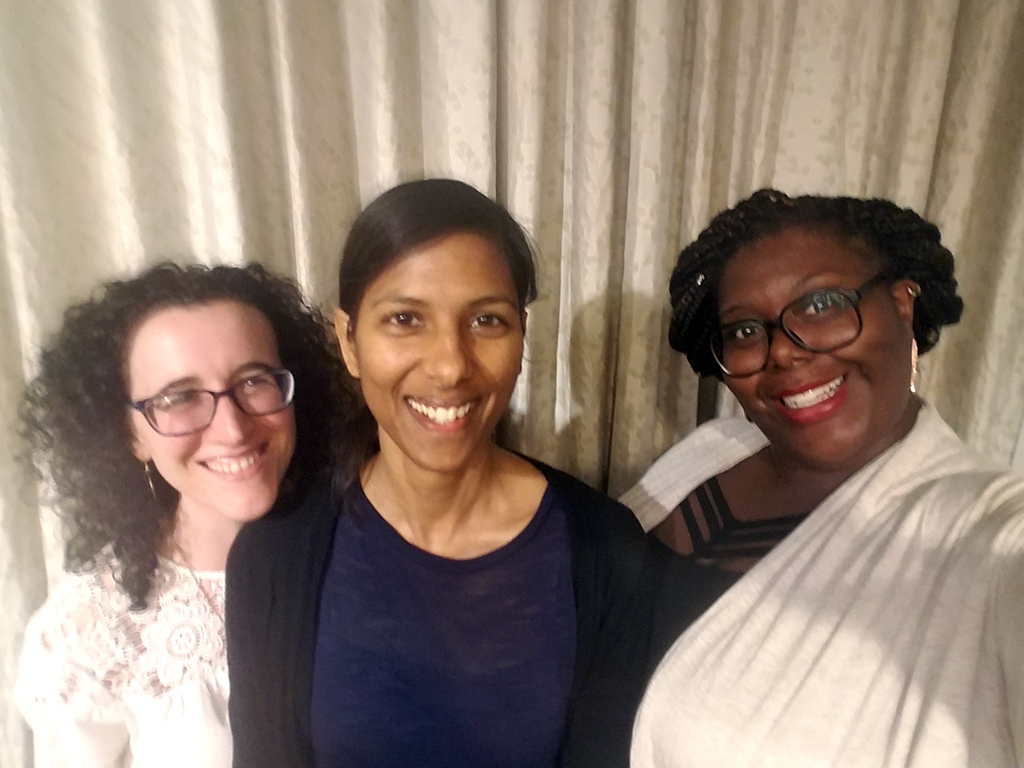At Graham Windham, a New York City-based child welfare agency, we have been developing a learning culture over time, an investment in improving our outcomes for children and families, while ensuring that we are able to adapt and innovate in the dynamic, evolving field of child welfare. One of Graham’s core pillars is that we grow: We are committed to continuous self-reflection and best practices, with opportunities to develop, practice and master skills with supports along the way.
Here’s what we’ve learned about what it takes to keep growing, as an organization and as individuals.
- A learning culture starts at the leadership level. Our commitment to learning begins at the board level, with board members who are focused on developing a rigorous performance culture in which strategy is driven by data. Several years ago, a careful examination of our results led us to establish a five-year vision with targeted outcomes for children and families. We then identified strategies for reaching these targets through literature reviews, surveys of other programs and internal roundtables with direct practice staff, youth and families. Adoption of these strategies set the priorities for the professional development of our staff, including training and coaching in specific evidence-supported models working with children and families (such as solution-based casework and motivational interviewing).
- Build in dedicated time and supports for learning. In order to ensure that staff are developing expertise in the approaches they needed to learn to be effective, we developed a training plan that includes two weeks of preservice training for new hires (including training in specific models as well as areas such as safety and risk, trauma stewardship and documentation); a three-month, six-month or one-year plan for continued learning (based on the position); and ongoing coaching and consultation in applying models to day-to-day work with children and families. We have found that supervision plays a critical role in staff members’ successful implementation of what they have learned. We must ensure that directors and supervisors have a solid understanding of the models staff are using, and that supervision sessions include time for teaching (e.g., role playing to demonstrate skills, going through hypothetical situations, etc.). We also carry out case unpackings and case practice reviews, in which staff can present cases to their supervisors and peers for input and support in working through the case. For example, in one case practice review, our Program Performance and Planning team identified that a case planner was focused on a specific issue that was impacting the family but not making progress. The team carried out a role play, which enabled the case planner to see how they might use motivational interviewing to identify the family’s motivation to make needed changes. Directors can also present leadership challenges to their peers at director meetings for feedback.
- Create feedback loops to drive continual improvement. As an organization, we continually track, analyze, review and discuss data at all levels to improve outcomes. That ranges from semiannual discussions on data with our board’s Program Performance Committee to daily monitoring and monthly performance reviews in specific programs, led by program leadership and staff with support from our Program Performance and Planning team. Case record reviews indicate areas in which individuals and teams need additional reinforcement in using specific models, so that we can provide targeted training and coaching in these areas. We have regular roundtable discussions for young people, parents, foster parents and direct practice staff to provide feedback, which then informs policy and practice. In listening to our data and teams, difficult issues surface that require us to take a hard look at our practices and where we have made mistakes. For example, we had to look at where we fell short in ensuring the stability of children in foster care. Addressing this issue required the intensive efforts of staff across all levels and programs to identify and focus on what was going wrong, put in place a plan and revise practices to prevent children from moving unnecessarily between foster homes.
To promote individual growth, supervisors work with staff to establish goals for the year as well as individual development plans, in which they outline skills they would like to develop or roles they would like to take on, as we are intentional in providing opportunities and support for internal advancement. The development plan may include stretch assignments for learning and demonstrating new skills needed in a desired role. Supervisors check in with staff on progress through regular supervision sessions as well as formal midyear and year-end evaluations, providing feedback and opportunities for improvement. In addition, staff can provide feedback to their supervisors to help them improve in how they support staff. For example, on one team in which staff are frequently at different sites, team members provided feedback that they needed more time for group discussions. The supervisor carried out the suggestion, which helped promote their learning and further their work.
Building a learning culture requires us to be intentional and proactive in how we allocate our time and resources, but we see the impact of it, with staff members better equipped to face the challenges of our work, more staff being promoted internally, and, most importantly, improved outcomes for the children and families we serve — the most powerful incentive to continue to grow.
Nina Choudhary leads various fundraising efforts at Graham Windham.
Latavia Lee leads Graham Windham‘s staff learning.
Jill Lefkowitz leads Graham Windham’s performance measurement.


























